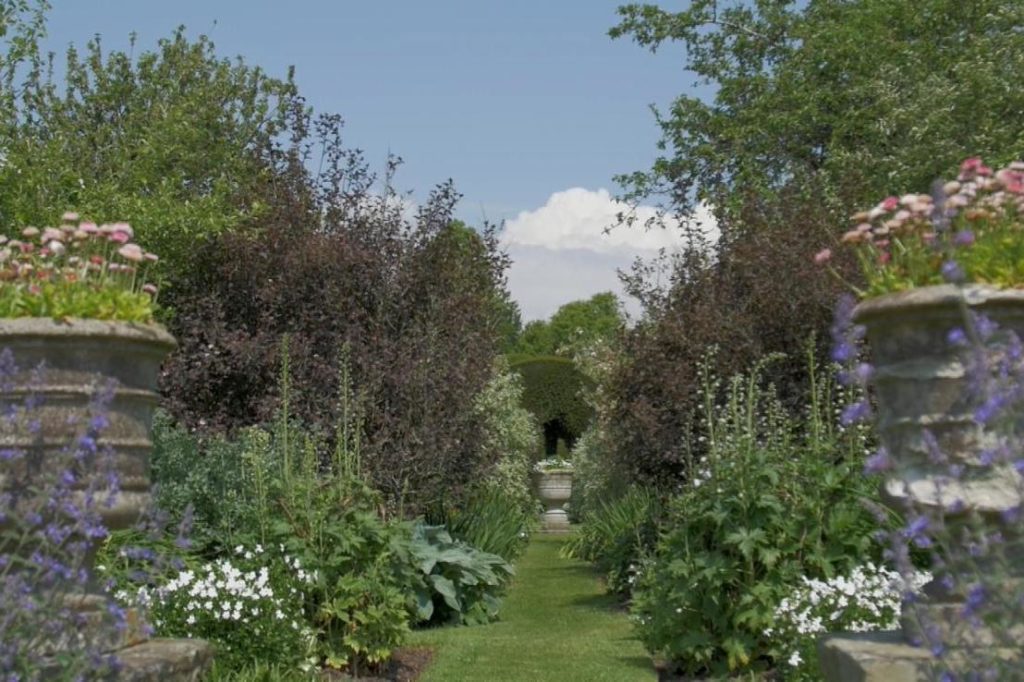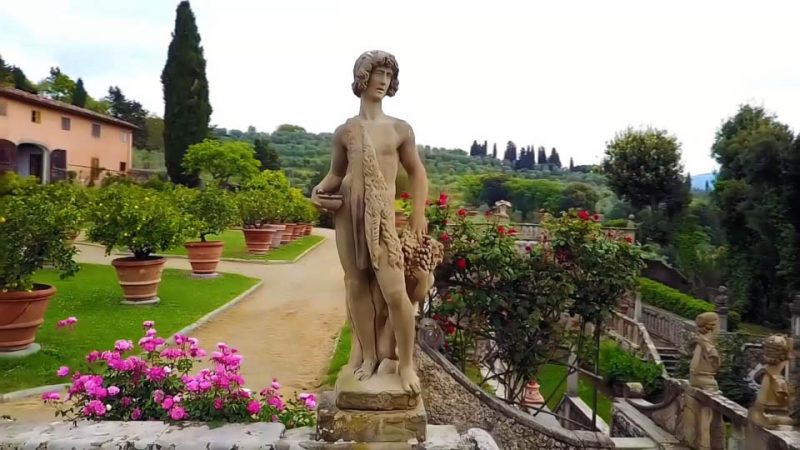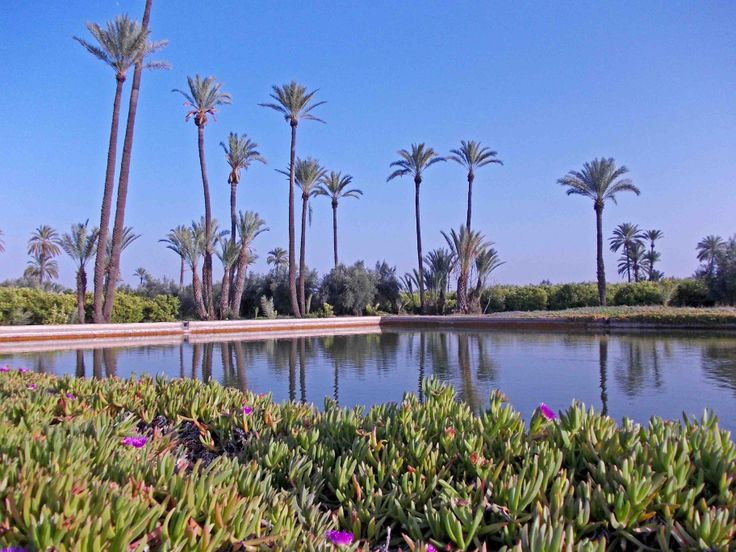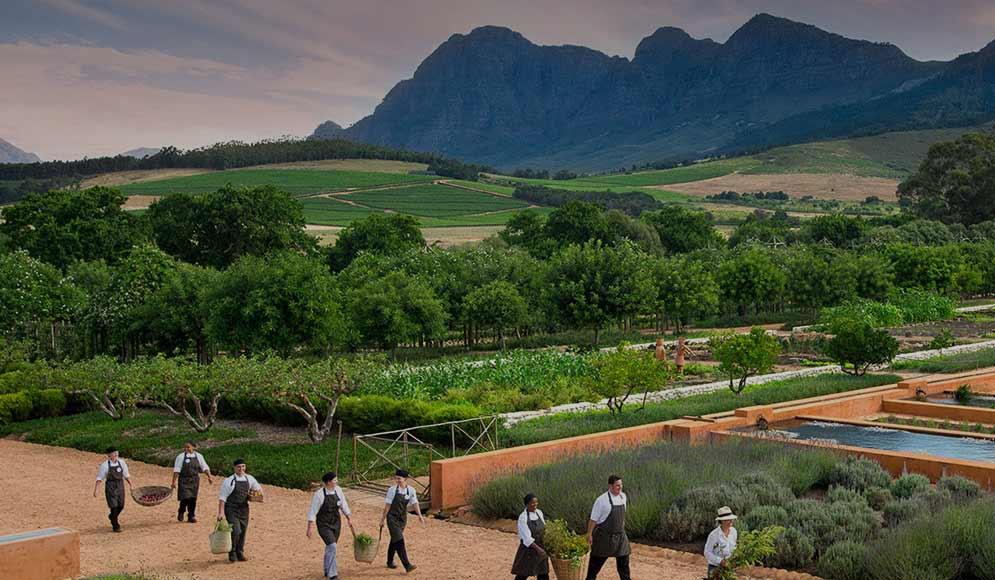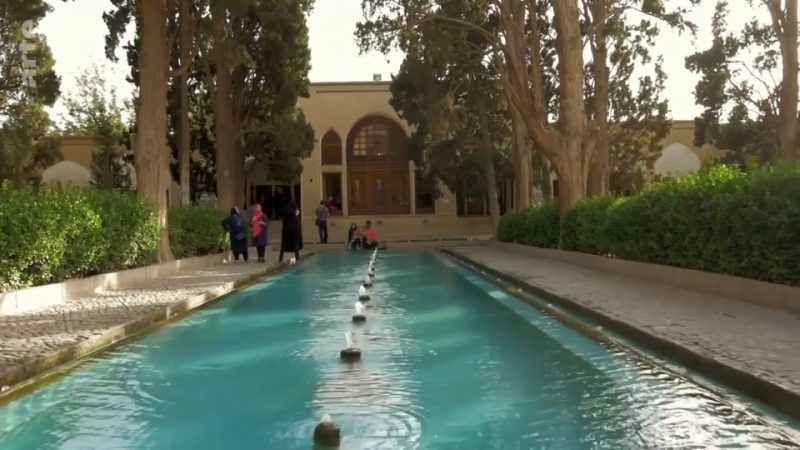Gardens Near and Far episode 35: Levens Hall, in the north of England, has belonged to the same family for 800 years. Its garden was laid out in the seventeenth century by a French garden designer, Guillaume Beaumont, who trained with André Le Nôtre at Versailles.
Since then, it has withstood the vagaries of fashion, remaining essentially unchanged over the centuries. The topiary gardens are its crowning glory. The oldest in England and probably in Europe, their trees and shrubs have been painstakingly clipped by generations of gardeners.
Landscape architect Jean-Philippe Teyssier takes us on a discovery of the most beautiful gardens in France and the world. The gardeners, landscapers, horticulturalists, architects, historians and estate managers he meets unveil the art of gardening. They show us how gardens have been designed, planted and maintained over the centuries. The exceptional gardens Jean-Philippe Teyssier visits make up a myriad of passions, journeys, colors and shapes.
Gardens Near and Far episode 35 – Levens Hall
The first house on the site was a pele tower built by the Redman family in around 1350. Much of the present building dates from the Elizabethan era, when the Bellingham family extended the house. The Bellinghams, who were responsible for the fine panelling and plasterwork in the main rooms, sold the house and estate in 1689 to Colonel James Grahme, or Graham, Keeper of the Privy Purse to King James II, who made a number of additions to the house in the late 17th century. His son Henry Graham was a knight of the shire for Westmorland.
Further additions were made in the early 19th century. Levens Hall is now owned by the Bagot family and is open to the public. The small collection of steam road vehicles includes several traction engines which are usually steamed on Sundays and Bank Holidays.
Levens Hall has a celebrated and large topiary garden, which was first created by the French gardener Guillaume Beaumont.[2] Beaumont also planned the tree planting in the deer park, now inhabited by black fallow deer and Bagot goats.
The park and gardens laid out by Beaumont between 1689 and 1712 have survived remarkably intact. They have been described as retaining “almost all of the essential elements of the completed scheme as shown on maps of the park and gardens of 1730”.
